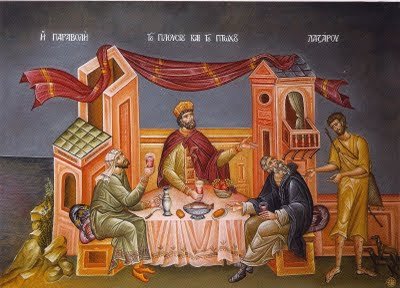In the last issue of this article, I began sharing with you the evolution of the Divine Liturgy and suggested that in the beginning even the frequency with which it was celebrated was uncertain. This is partially due to the fact that the early Christians didn’t necessarily think about establishing a new religion which has, as a part of it, various ritualized forms of prayer and worship.
The shape of the Liturgy as we now celebrate it, emerged by the middle of the 2nd century. The history distinct periods. During the first period, the Lord’s Supper is separated from the agape, that is an actual evening meal during which the Lord’s actions during His Last Supper with His disciples was recalled. The separation, as I explained, took place because of the abuses the crept into the holding of this dinner – people sometimes drank too much wine. This first period was from the 1st century into the 2nd century.
During the second period, the middle of the 2nd century, a format began to emerge. It appeared in the Apology, a writing of Justin Martyr. In this writing Justin suggests this format:
Readings
Preaching
Common Prayers
Kiss of Peace
Transfer of Gifts
Prayer over the Gifts
Communion and Dismissal
All prayers during this period, as during the first period, were spontaneous and led by an elder who was asked by the community to serve as the convener of the community’s common prayer.
During the third period of the Liturgy’s evolution, actual prayer texts begin to be developed. Formularies are written for each community. All of them differ, showing that there was no one apostolic liturgy from which they derived. Yet all of them follow the same basic outline first seen in Justin’s Apology.
During the next period, after the peace of Constantine in 313, when Christian worship became the public ceremonial of a church freed from civil restraints, liturgical development quickened. It is in this period that we first hear of the rite of Byzantium. It is the rite of the new capital of Constantine, the founding of which in 315 inaugurates the new era of imperial Christendom. As one can guess, the format of worship developed in the capital influenced all other communities. It should be noted, however, that again the sequence of ritual events continued to draw upon the format that Justin Martyr reported. It is also in the period that more and more churches began to standardize their worship practice.
During the final stage, different liturgical families evolved as distinct entities.


